Search results for 'Red pigments'
-
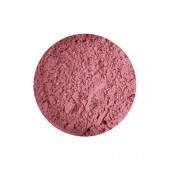
Rose Madder Genuine Pigment
Starting at: £15.80
-
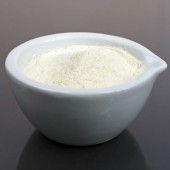
Gum Sandarac
Starting at: £8.60
-
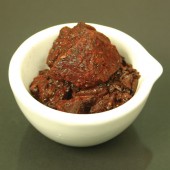
Dragon's Blood Pieces
Starting at: £25.40
-
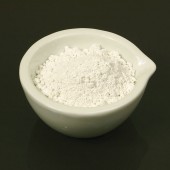
Gypsum
Starting at: £5.70
-
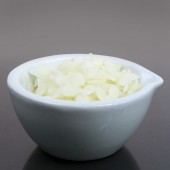
Bleached Beeswax
Starting at: £12.30
-
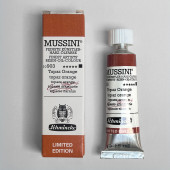
Schmincke Mussini Limited Edition Topaz Orange 15 ml
£26.00 -
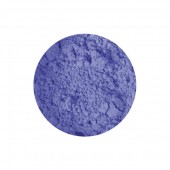
Cerulean Blue Pigment
Starting at: £14.50
-
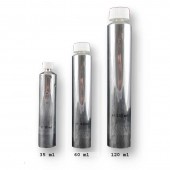
Empty Aluminium Tubes
Starting at: £1.05
-

Cornelissen Virtual Gift Voucher
£25.00 -
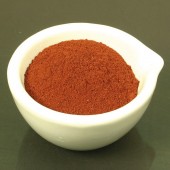
Dragon's Blood Powder
Starting at: £28.10
-
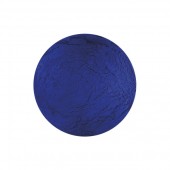
Blue Verditer Pigment
Starting at: £7.50
-
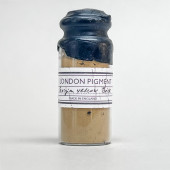
London Pigment, Georgian Yellow Brick Pigment
£18.00 -
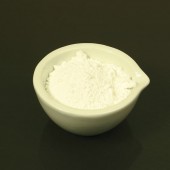
Alumina Hydrate Light
Starting at: £8.30
-
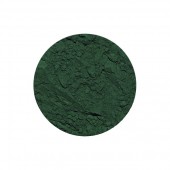
Cobalt Green Deep Pigment
Starting at: £9.20
-
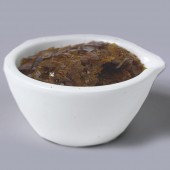
Lemon Shellac
Starting at: £8.20
-
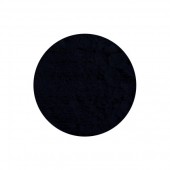
Vine Black Pigment
Starting at: £4.70
-
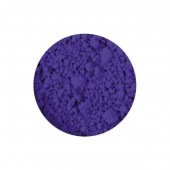
Ultramarine Blue Dark Pigment
Starting at: £4.00
-
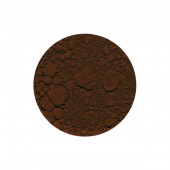
Mars Violet Pigment
Starting at: £4.50
-
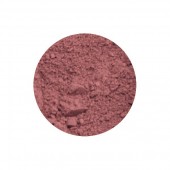
Madder Lake Genuine Pigment
Starting at: £10.20
-
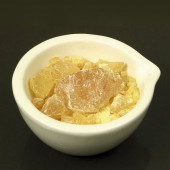
Colophony
Starting at: £7.30
-
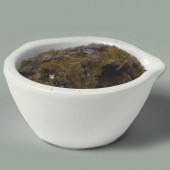
Clear Dewaxed Shellac
Starting at: £9.20
-
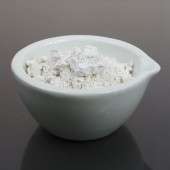
Whiting
Starting at: £4.00
-
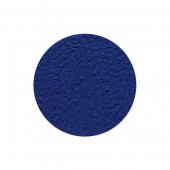
Ultramarine PB29 Pigment
Starting at: £9.10
-
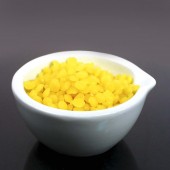
Natural Beeswax
Starting at: £11.20
-
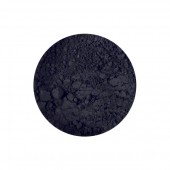
Ivory Black Pigment
Starting at: £4.50
-
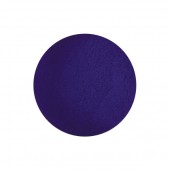
Prussian Blue Pigment
Starting at: £5.20
-
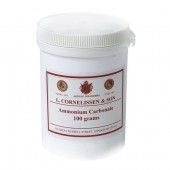
Ammonium Carbonate
Starting at: £9.70
-
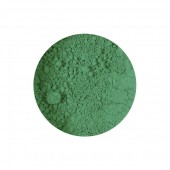
Viridian Green Pigment
Starting at: £6.30
-
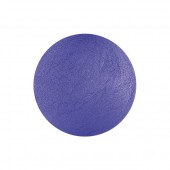
Egyptian Blue Pigment
Starting at: £5.90
-
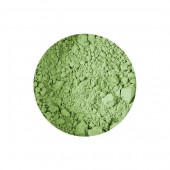
Terre Verte Pigment
Starting at: £4.00





